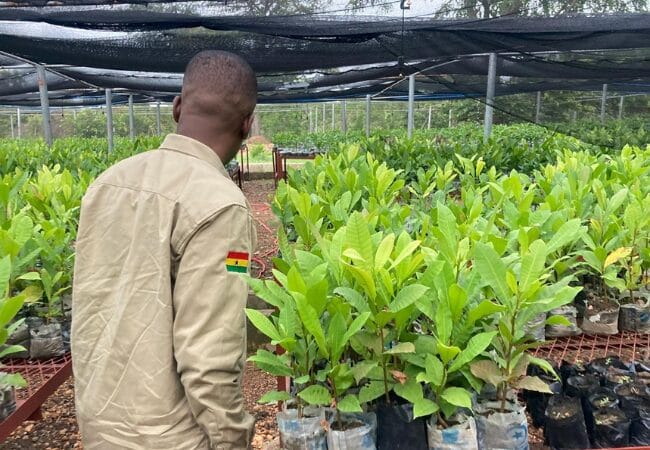Subscribe To Your Favourite Forests
Stories from the Wabanaki forest of the Maritimes, the Spice Forests of Zanzibar, and the mangrove forests of Mozambique.
Sign Me UpStories from the Wabanaki forest of the Maritimes, the Spice Forests of Zanzibar, and the mangrove forests of Mozambique.
Sign Me UpThe Mozambican government has committed to planting and restoring 5,000 hectares of mangroves over the next two years, and we’re very excited to be part of this vital initiative for community and climate resilience.
Since 2021, Community Forests has been working in partnership with Istituto Oikos Onlus to support community-led mangrove restoration projects in Mozambique.

By sharing over a decade of expertise and experience, the team from Zanzibar is helping adapt our ecosystem-based restoration approaches to Mozambique’s unique community needs and landscapes.

Though mangroves occupy just 0.5% of Earth’s shorelines, research shows that these coastal forests account for 10% of the coast’s carbon storage capacity. What’s more, mangrove forests are a natural buffer between communities and flooding. Healthy mangrove forests reduce water level surges by up to half a metre — an increasingly important ecosystem service as the climate crisis means rising sea levels and increases the likelihood of powerful storms.

Climate justice means working to correct the vast imbalance between climate change impacts and global resources. Mozambique is responsible for only 0.14% of global carbon emissions and is the sixth poorest country in the world, yet the country faces over $3.2 billion in loss and damage following two unprecedented cyclones in 2019.
New in 2023, Community Forests was invited to visit Plant-for-the-Planet's forest restoration projects in Ghana's Northern Savannah Ecological Zone. This visit allowed our organizations to refine a vision for working together directly in the region to further community-led restoration projects.

We plan to plant 100,000 agroforestry trees in 2024 and propagate another 100,000 native trees that require longer nursery care for planting in 2025. Our initiative aims to restore both native and agroforestry tree species to support sustainable food production and food security, as well as animal welfare, biodiversity protection, landscape management, and flood preparedness.

We have successfully secured a vast 1,000-hectare restoration site. Our planting activities will blend an outer boundary of community-focused agroforestry systems, effectively surrounding and protecting an inner area of native forest restoration while providing a multitude of benefits to community members, including food, income, and timber.
Learn More From Plant For The Planet